Where we live can deeply affect our happiness and overall well-being. Some states consistently rank lower in happiness surveys due to factors like economic struggles, weather patterns, and limited access to healthcare. On the flip side, other states seem to radiate positivity, offering residents better quality of life, stronger communities, and more opportunities for outdoor activities. Let’s explore which states fall on either end of the happiness spectrum.
1. West Virginia
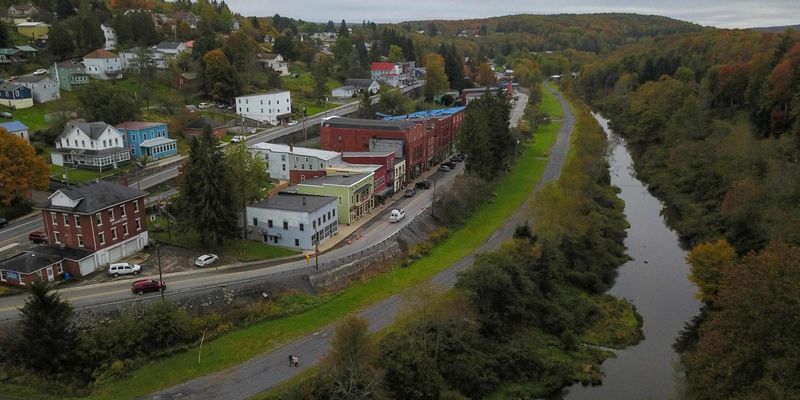
Economic hardship casts a long shadow over West Virginia. Once thriving on coal mining, the state now faces high unemployment rates and limited economic opportunities as the industry declines.
Residents struggle with some of the nation’s highest rates of depression and substance abuse issues. The opioid crisis has hit particularly hard, devastating families and communities throughout the mountain state.
Healthcare access remains problematic with many rural areas lacking adequate medical facilities. Combined with poor infrastructure and limited educational opportunities, these factors create a challenging environment that contributes to West Virginia consistently ranking among America’s unhappiest states.
2. Louisiana
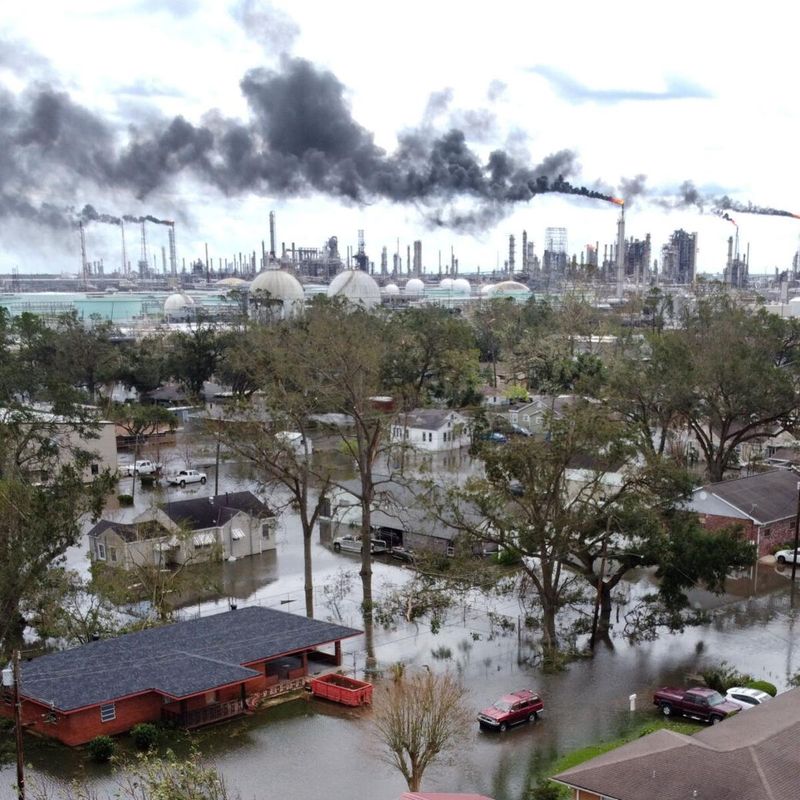
Behind the vibrant Mardi Gras celebrations and jazz music lies a state grappling with serious challenges. Louisiana residents face high poverty rates, with nearly one in five people living below the poverty line – significantly higher than the national average.
Natural disasters have repeatedly battered the state, from Hurricane Katrina to recent flooding events. These environmental challenges create ongoing stress and financial strain for many families trying to rebuild their lives.
Crime rates in cities like New Orleans and Baton Rouge remain concerning, while educational outcomes lag behind most other states. Despite its rich cultural heritage, these persistent problems contribute to Louisiana’s low happiness rankings year after year.
3. Arkansas

Rural isolation defines much of Arkansas, where many communities lack access to essential services. Residents in remote areas often drive hours to reach hospitals, mental health providers, or even grocery stores with fresh produce.
The state battles high obesity rates alongside limited healthcare access. These health challenges contribute to lower life expectancy and quality of life for many Arkansans.
Educational attainment remains below national averages, with fewer residents holding college degrees. While natural beauty abounds in the Ozarks and other regions, economic opportunity gaps, poor health outcomes, and limited social services create persistent unhappiness for many in the Natural State.
4. Kentucky
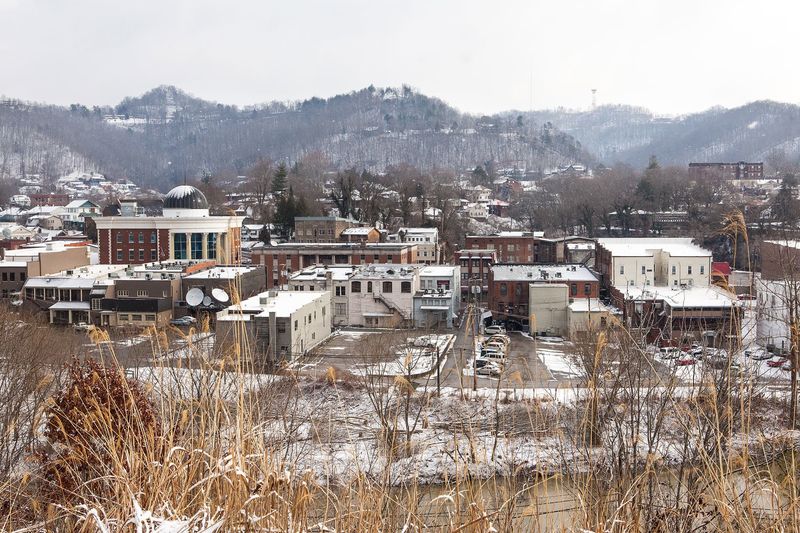
Eastern Kentucky’s Appalachian communities face generations of economic hardship. Coal industry decline has left many counties with unemployment rates double the national average, creating financial insecurity for thousands of families.
Health problems plague the state, which leads the nation in cancer deaths and has high rates of heart disease and diabetes. Many residents lack access to preventive care, especially in rural areas where hospitals have closed.
Educational challenges persist despite reform efforts. Kentucky ranks among the bottom states for college degree attainment, limiting economic mobility. While the Bluegrass State offers beautiful landscapes and rich traditions, these systemic issues contribute to its consistently low happiness rankings.
5. Alabama
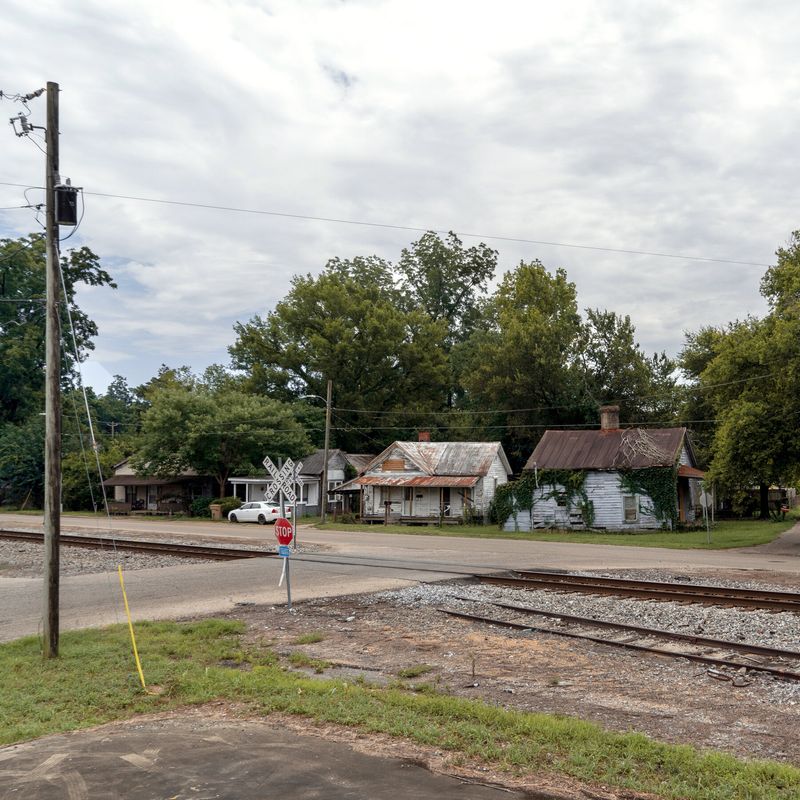
When it comes to health, Alabama is hurting. The state battles soaring rates of obesity, diabetes, and heart disease, and it doesn’t help that access to quality care is among the worst in the country.
Poverty remains entrenched in both rural areas and urban centers. Nearly 16% of Alabamians live below the poverty line, with even higher rates among children and minorities.
Educational systems face chronic underfunding and achievement gaps. Alabama consistently ranks in the bottom five states for education quality and outcomes. Despite southern hospitality and beautiful Gulf Coast beaches, these persistent social and economic challenges contribute to Alabama’s low happiness rankings.
6. Mississippi
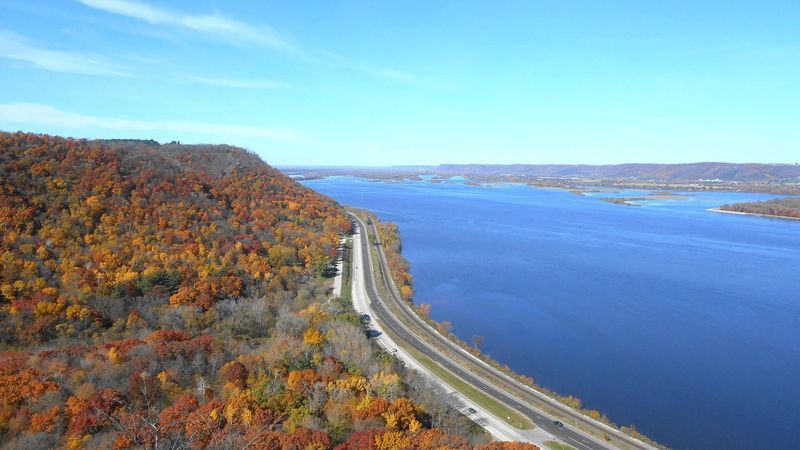
Life in parts of Mississippi is marked by deep hardship. With the highest poverty rate in the nation and some counties living in conditions that mirror those in developing nations, the state struggles across key quality-of-life indicators.
Healthcare access remains severely limited in many areas. Mississippi has the fewest physicians per capita of any state, and many rural hospitals have closed in recent years.
Educational outcomes lag significantly behind national averages. The state struggles with low graduation rates and test scores despite numerous reform efforts. These persistent challenges in economics, health, and education contribute to Mississippi frequently appearing at the bottom of state happiness rankings.
7. New Mexico
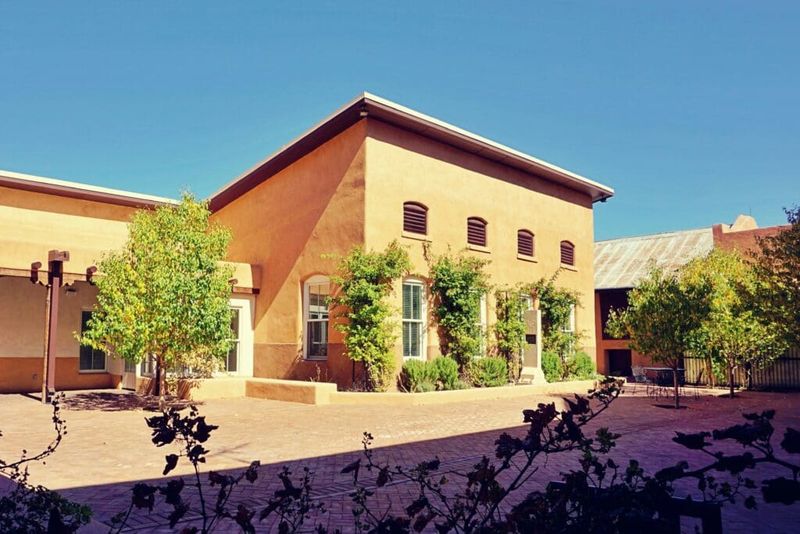
Residents of New Mexico, especially in cities like Albuquerque, face serious safety concerns. The state has the second-highest violent crime rate, with property crime, drug trafficking, and gang activity threatening community well-being.
Child welfare indicators show troubling patterns. The state consistently ranks among the worst for child poverty, food insecurity, and educational outcomes, creating generational challenges for many families.
Economic opportunities remain limited outside government and tourism sectors. New Mexico struggles with high unemployment and low wages despite its natural beauty and cultural richness. These factors, combined with substance abuse issues and limited healthcare access in rural areas, contribute to the state’s consistently low happiness rankings.
8. Hawaii

With a life expectancy nearing 81 years, Hawaii tops the U.S. in longevity—bolstered by excellent healthcare, widespread coverage, and effective preventive programs.
The natural environment provides unparalleled opportunities for outdoor activities. From surfing and swimming to hiking volcanic trails, Hawaiians enjoy year-round access to activities that boost both physical and mental health.
Strong social connections define island culture. The concept of ‘ohana (family) extends beyond blood relatives to create supportive community networks. Despite high living costs, these factors contribute to Hawaii consistently ranking among America’s happiest states, where residents report lower stress levels and greater life satisfaction.
9. Utah
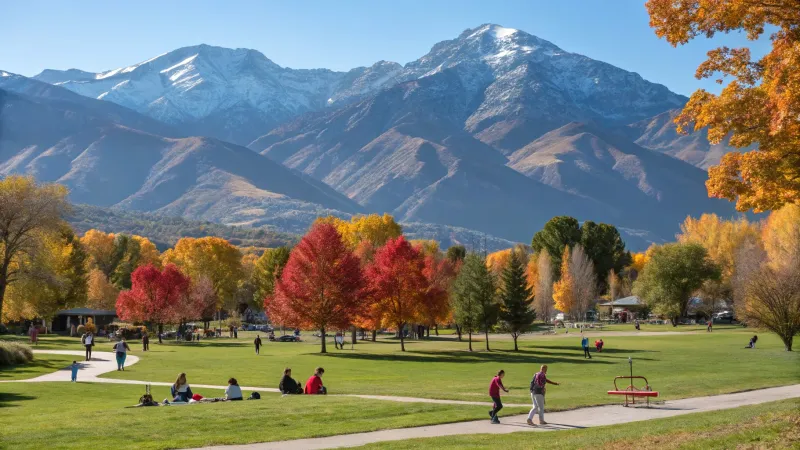
Family-centered communities form the backbone of Utah’s high happiness rankings. The state boasts strong social connections, with residents reporting high levels of community engagement and volunteerism that create supportive networks.
Outdoor recreation opportunities abound year-round. From world-class skiing in winter to hiking and mountain biking in summer, Utah’s landscape encourages active lifestyles that boost physical and mental wellbeing.
Economic stability provides peace of mind for many residents. Utah consistently maintains low unemployment rates and strong job growth, particularly in technology sectors. These factors, combined with lower-than-average commute times and affordable housing outside Salt Lake City, contribute to Utah repeatedly ranking among America’s happiest states.
10. Minnesota

Minnesotans benefit from exceptional healthcare access and quality. The state’s medical system, anchored by the Mayo Clinic, provides residents with some of the nation’s best care, contributing to better health outcomes and higher life satisfaction.
Strong educational systems create opportunities for residents. Minnesota consistently ranks among the top states for K-12 education, college readiness, and workforce development programs.
Community engagement thrives even during harsh winters. Residents participate in high rates of volunteerism and civic involvement, creating strong social bonds. These factors, combined with relatively low unemployment and income inequality, help explain why Minnesotans report higher happiness levels despite those infamous winter temperatures.
11. Colorado

Active lifestyles define Colorado’s culture and contribute to resident happiness. The state consistently ranks among the healthiest in America, with the lowest obesity rates and highest physical activity levels nationwide.
Economic opportunities have expanded beyond traditional industries. Colorado’s booming technology and renewable energy sectors provide well-paying jobs and career advancement, particularly along the Front Range.
Natural beauty surrounds residents daily. From mountain vistas to high desert landscapes, Coloradans enjoy easy access to outdoor recreation that research shows improves mental health. These factors, combined with a highly educated population and strong environmental policies, help explain Colorado’s consistent ranking among America’s happiest states.
12. Vermont
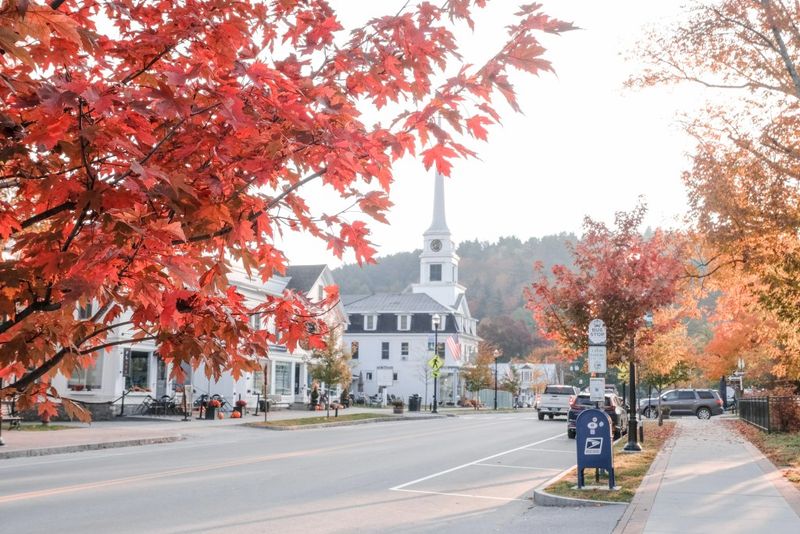
Vermont’s strong sense of community creates foundations for happiness. Small towns and villages foster personal connections, with residents reporting high levels of trust in neighbors and local institutions.
Environmental consciousness permeates daily life. Vermont leads in renewable energy adoption, organic farming, and conservation efforts that preserve the state’s natural beauty for future generations.
Healthcare access ranks among the nation’s best. Nearly all Vermonters have health insurance, and the state invests heavily in preventive care and mental health services. These factors, combined with low crime rates, excellent farm-to-table food culture, and abundant outdoor recreation opportunities, help explain why this small New England state consistently ranks among America’s happiest places.

Comments
Loading…